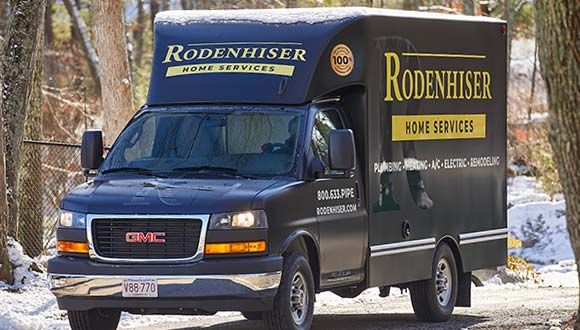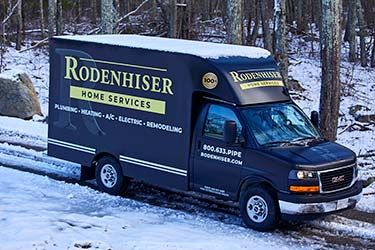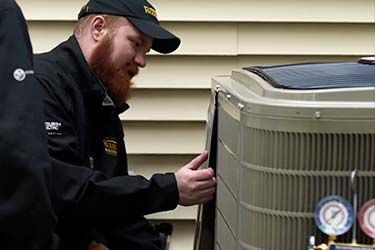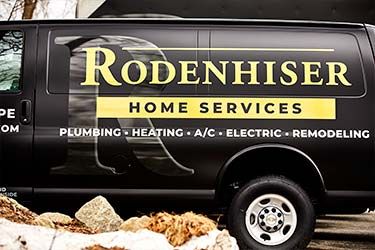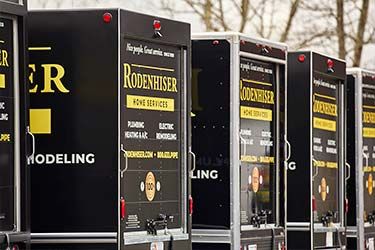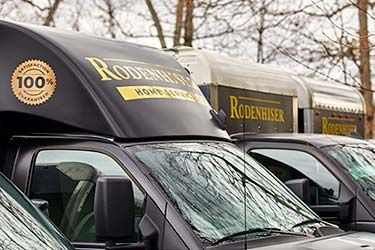
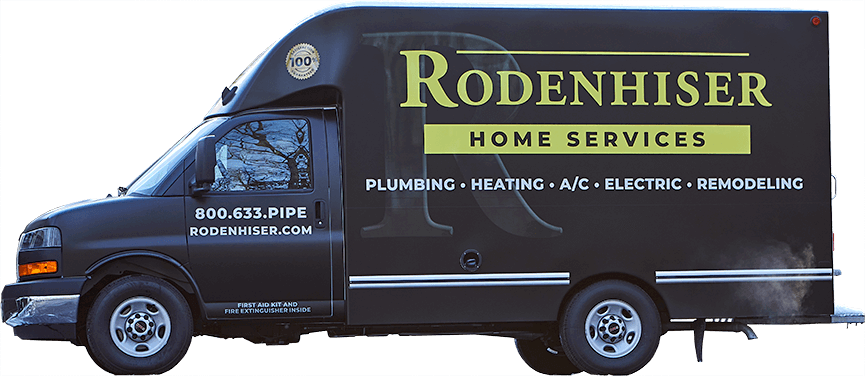
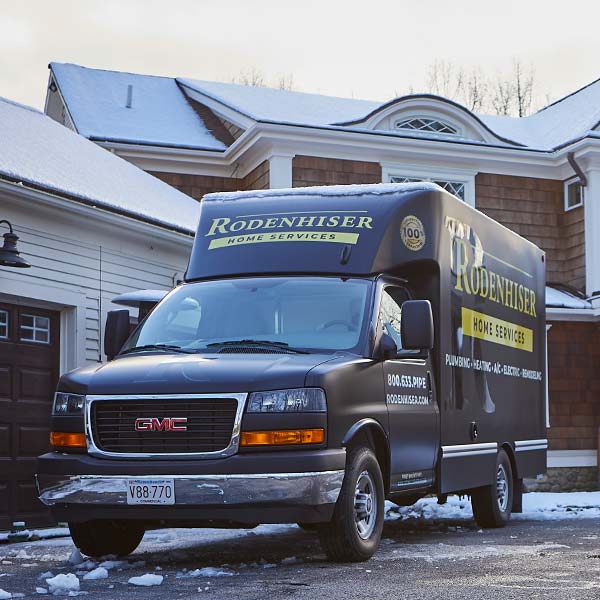

Electric air-source heat pumps can be a practical heating and cooling option for your Massachusetts home. However, they need to have a workable backup heating system to provide comfortable home heating when temperatures outside fall below freezing for extended periods.
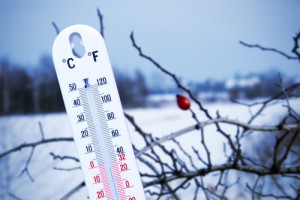
Air-source heat pumps provide cooling in much the same way as high-efficiency A/Cs. They differ from air conditioners in their ability to also provide very efficient heating, accomplishing more than 300 percent heating efficiency in some cases. They do this by extracting heat energy from the outside air, and then using the unique heat exchange capabilities of refrigerant to transfer and release the heat inside. However, when temperatures fall below freezing, the appliance will struggle to extract sufficient heat energy for comfortable indoor heating.
This is when the heat pump kicks on the supplemental heat source. This is a common feature in heat pumps sold in northern climates, since our temperatures spend much of the winter below freezing. The main type of backup heating is an electric heating element. This system heats up wires or coils that then heat the air before it gets circulated through the duct system. These systems provide one-to-one heating efficiency, as opposed to one-to-three in a heat pump's normal heating operation.
Many homeowners in northern climates are beginning to opt for dual-fuel, or hybrid, backup heating for their heat pump needs. In this case, a combustion heating system, usually a natural gas furnace, will provide the supplemental heating. This is a relatively cheap way to heat a home these days. While a gas furnace isn't any more efficient than the backup electric heating element, the cost of the energy source is a good deal lower.
For more information about heat pumps and what features are available to make them a viable alternative in the Route 495/128 area of Massachusetts, contact us at Rodenhiser Plumbing, Heating & Air.
Image via Shutterstock.com





Both Alex and Patrick were knowledgeable, courteous, and professional. They made a change that might have solved the recent problem and have structured a more complete solution. We agreed to this...
Mike was thorough, thoughtful and considerate. Covered their shoes before entering, surveyed my issue and provided an explanation of the services and costs. Great Job!
Alex did a great job providing an explanation of the services provided and went out of his way to offer assistance/advice on other issues outside of our scheduled maintenance visit.
Brian did an excellent job inspecting our 18-year old boiler and replacing some of the accessory hardware that needed it, he also adjusted the outgoing hot water settings for our radiators and...
Rodenhiser is my one stop shop!!! They take care of my HVAC, electrical, and plumbing issues & are always helpful addressing any questions I may have about the systems in my house! Everyone...
Chris G. and Nick V. showed up bright and early at 8am to fix my water heater issue. They were on time, polite and were able to fix an issue that has been plaguing my house for a good year. They...
When you are looking for plumbing, electrical, heating or air conditioning in the Route 495 / 128 area, you will be delighted that you called Massachusetts' trusted choice since 1928.
With a total dedication to professional workmanship and excellent service, discover why families and businesses continue to trust Rodenhiser after generations of service
